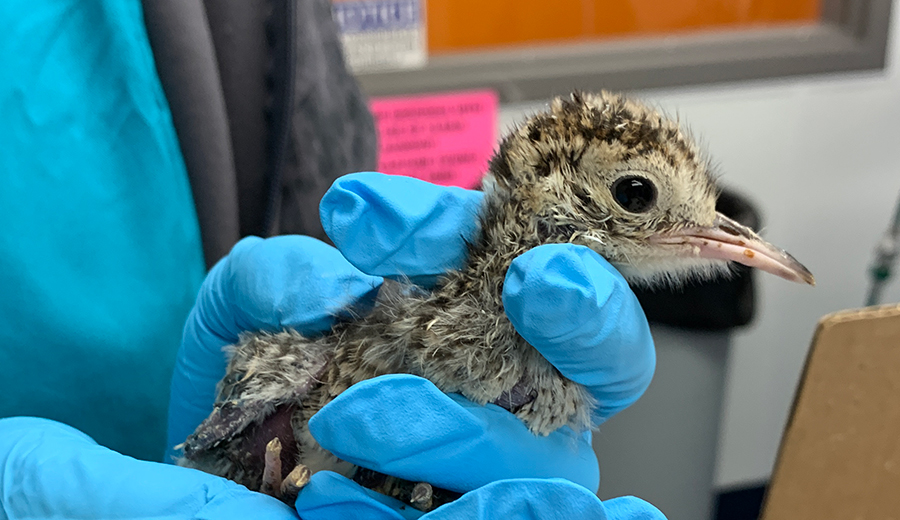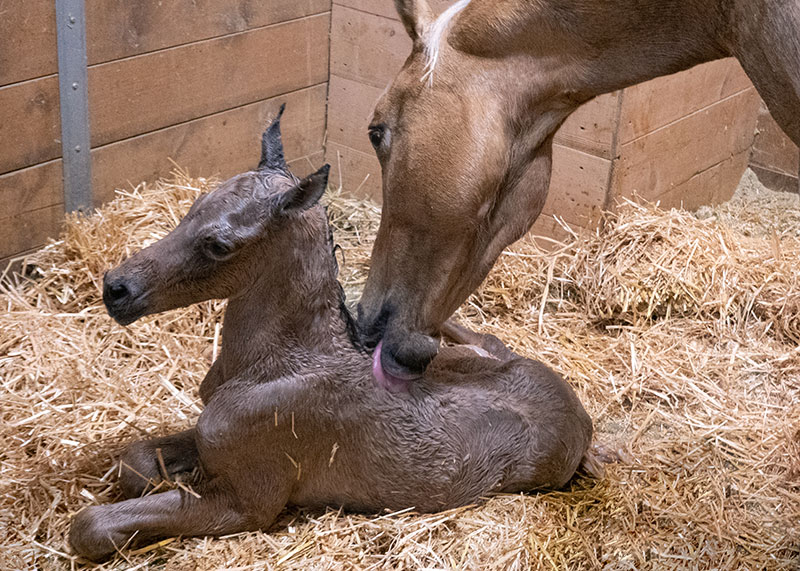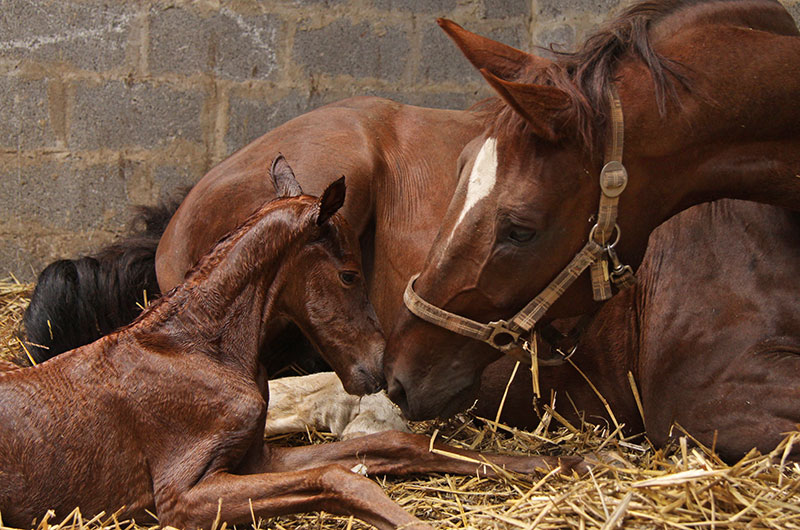The Problem of Overweight Pets
By most estimates, well over half of all cats and dogs in the United States are overweight.
Dr. Gene Pavlovsky, a small animal veterinarian at the University of Illinois Veterinary Medicine South Clinic in Urbana, says that those extra pounds can have serious health consequences for pets. He has suggestions for keeping your pet at a healthy weight.
Is My Pet Overweight?
“In order to tell if a pet is considered overweight or obese, we use a scale called the body conditioning score,” Dr. Pavlovsky says. This is a subjective measure based on physical examination and criteria. Small animal medicine commonly uses two body conditioning score systems, one on a five-point scale and the other on a nine-point scale. In both systems, 1 refers to the animal being very thin or emaciated; a very overweight pet ranks as 5 or 9, depending on the scale. An ideal score is at the midpoint of the range, or 3 on the five-point scale and 4.5-5 on the nine-point scale.
During an annual physical exam, the veterinarian will feel the pet’s ribs and determine how much fat is covering them. The more fat that is present, the more overweight the pet is. At an ideal weight, the ribs should be easily felt without having to press too firmly.
“In cats specifically, the body conditioning score criteria involves looking at the animal from the side,” Dr. Pavlovsky explains. “During this part of the exam, I am looking for an abdominal fat pad that is more easily seen from the side to determine the score.”
What to Notice at Home
“Oftentimes, pet owners won’t notice that their pet has gained weight,” Dr. Pavlovsky says. Owners see the pet every day and are surprised when they learn that their pet is overweight. Dr. Pavlovsky says that owners will often report that their pet is slowing down as they age or that they are limping. Both of these signs can be exacerbated by weight gain.
“In cats, increased weight gain often doesn’t allow them to groom themselves properly or use their litter box,” Dr. Pavlovsky says. As a result, they may have an unkempt hair coat and the owners may notice inappropriate urination and defecation just outside of the litter box.
Health Consequences for Overweight Pets
Dr. Pavlovsky explains that there are several proven connections between weight gain in pets and their health. For example, overweight pets are more likely to develop diabetes and orthopedic diseases.
“Pets that are overweight typically have mobility issues that can lead to reductions in both quality of life and life expectancy,” Dr. Pavlovsky says. The pet could struggle going up and down steps to reach their food or litter box or to get outside. A pet may struggle to jump up in bed or into a car like they used to be able to do.
How Can I Help My Pet Lose Weight?
If a pet owner notices any of these signs or that their pet has gained weight, it is important to seek the advice of a veterinarian on how to safely help the pet lose weight. The veterinarian will make sure that there aren’t any other health issues with the pet and make recommendations.
“It is vital to a pet’s health to not just reduce the amount of food that a pet is fed,” Dr. Pavlovsky says. In cats, simply reducing the food they eat may create problems for their internal organs.
“There are so many different diets available to pet owners that it can be overwhelming,” Dr. Pavlovsky notes, as he offers some broad advice.
His first recommendation is to choose a reputable brand that has been around for a long time and has veterinary nutritionists on staff. He also says the life stage of the food should be right for the age of the animal; for example, a puppy should be eating a specifically labeled “puppy food” and an adult dog should eat a diet designed for adults.
Owners should also look for an Association of American Feed Control Officials (AAFCO) statement on the bag. This ensures that the food follows the rules and is complete and balanced.
The amount to feed listed on the pet food bag gives a good starting point, but is based on the pet’s ideal weight, not the weight that they are currently at.
“Owners need to remember that any other food—human table scraps or treats—that their pet gets adds calories to the diet,” Dr. Pavlovsky says. It is important to use consistent treat brands versus switching between brands to avoid stomach upset, and calories from treats should make up less than 10% of the diet. It’s generally advisable to avoid giving human food as treats.
Preventing Obesity
Dr. Pavlovsky emphasizes that overweight pets are a very common problem, but one that can be resolved. Love and affection can be given in other ways than food, such as through interaction and training.
“Veterinarians are available to help pets lose weight safely and help pets do what they love for as long as possible,” he says.
If you have any questions about pet obesity, contact your local veterinarian.

![[Dr. Gene Pavlovsky, right, teaches how to do a physical exam of a dog]](https://vetmed.illinois.edu/wp-content/uploads/2021/04/pc-pavlovsky-weight.jpg)


